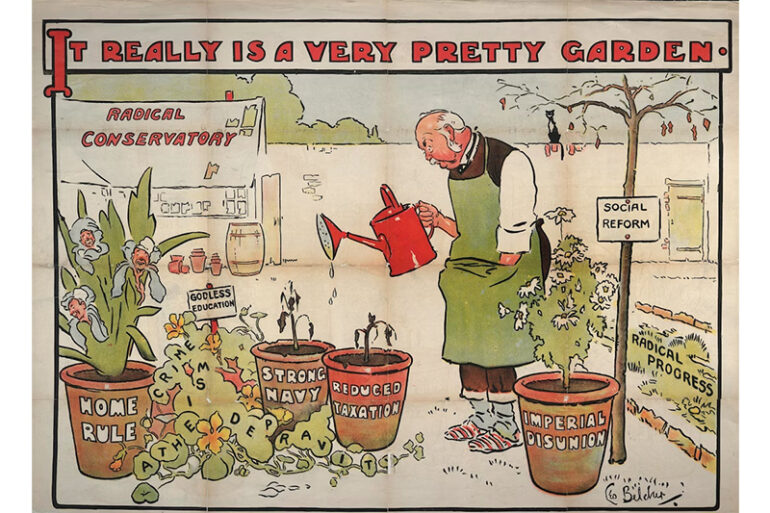From books and comics to movies, television, and digital media, visual storytelling has developed. This article delves into the fascinating history of visual storytelling, its beginnings in conventional media, and how technology has influenced narrative. Explore the history of visual storytelling from paper to screen with us.
The Power of Illustration and Comics
Visual narrative has historically relied heavily on illustration and comics. Visual storytelling has captivated audiences throughout time and cultures, from prehistoric cave drawings to elaborate manuscripts. Comics have given life to people and tales via their dynamic panels and vibrant artwork, captivating readers with their distinctive combination of images and text. The strength of comics and graphics resides in their capacity to evoke strong feelings, tell intricate stories, and take readers to other realms.
Cinematic Magic: The Birth of Film
With the introduction of a new media that included moving pictures, music, and conversation, the invention of film transformed visual storytelling. Audiences were entranced by silent films’ visual extravaganza, which relied on facial expressions, hand movements, and other visual signals to communicate storylines and emotions. Synchronized sound was added, which further improved the immersive experience and allowed filmmakers to attract audiences with speech and music. With the advent of cinema, storytelling was able to go beyond the constraints of still images and transport viewers to a realm of motion pictures.
Television: The Small Screen Revolution
Television allowed for the episodic development of stories and the emergence of a new type of visual storytelling, bringing storytelling into people’s homes. With its cliffhangers and character development, serialized storytelling captivated audiences week after week. Television broadened the possibilities for storytelling by providing a stage for a variety of storylines to be shared with millions of people, from comedies to dramas, soap operas to documentaries. The tiny screen evolved become a potent tool for visual storytelling, influencing both the creation and consumption of stories.
Digital Age: The Rise of Online Platforms
Online platforms now provide limitless options for both producers and consumers, ushering in a new era of visual storytelling. Webcomics, graphic novels, and digital art have become more popular as a result of eschewing the limitations of conventional publication. By enabling viewers to binge-watch whole seasons or quickly find new stories, streaming services and online content platforms have transformed the way stories are consumed. Social media sites have evolved into venues for visual storytelling where creators can publish their work and interact in real time with a worldwide audience.
Interactive and Immersive Experiences
The potential for interactive and immersive storytelling has expanded thanks to technological developments. Visual storytelling has been transformed into interactive experiences with the use of virtual reality (VR), augmented reality (AR), and video games. Viewers in virtual worlds may interact with characters, enter them, and influence the tale based on their choices. These immersive media give a new viewpoint to visual storytelling by blurring the boundaries between the audience and the narrative and putting them at the center of it.
Drawings and comics have given way to digital platforms and interactive encounters in the evolution of visual storytelling. This time-honored art genre uses images to attract, inspire, and transport us. The transformation of visual storytelling from paper to screen reminds us of its everlasting appeal and capacity to unite us via shared narratives. Let us celebrate the past, present, and future of visual storytelling as it influences how we view and interact with tales.
Photo Attribution:
1st and featured image by https://unsplash.com/photos/9Ar1JWGLIDY
2nd image by https://unsplash.com/photos/z6NZ76_UTDI

